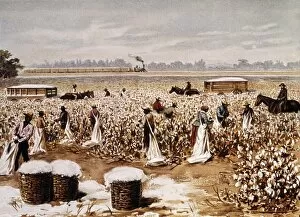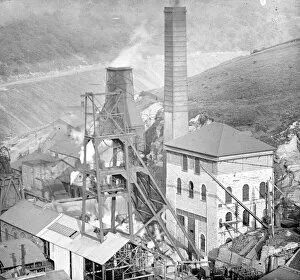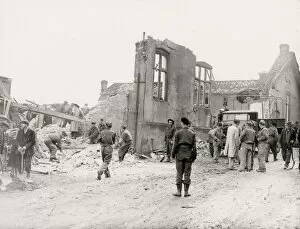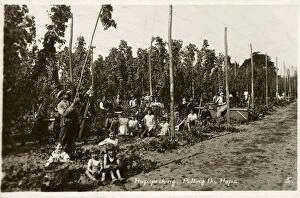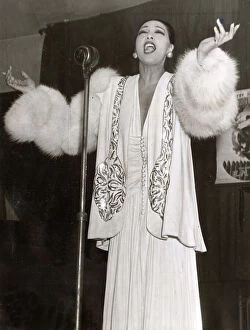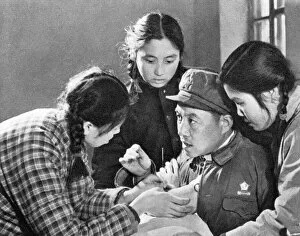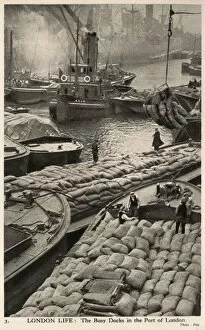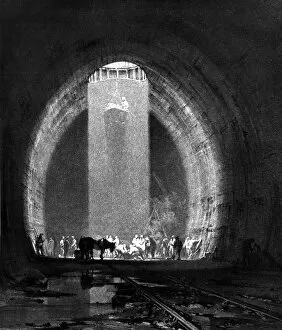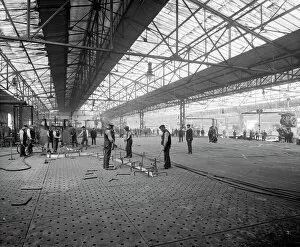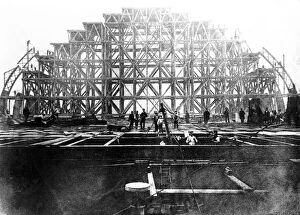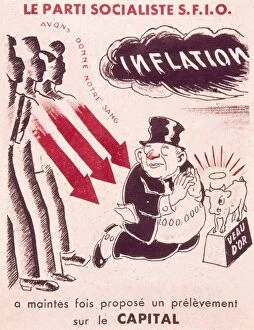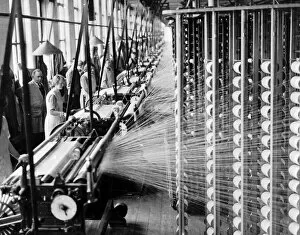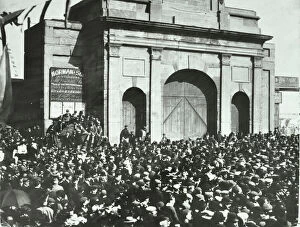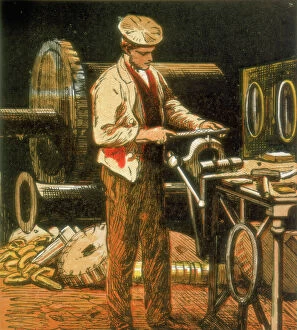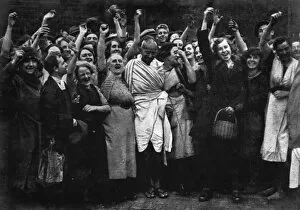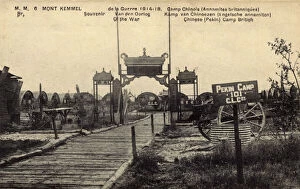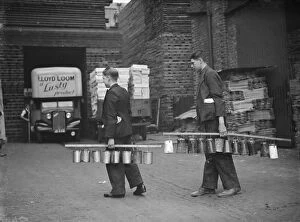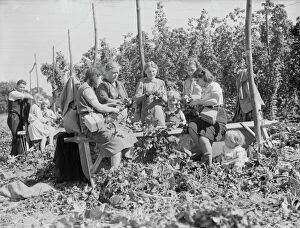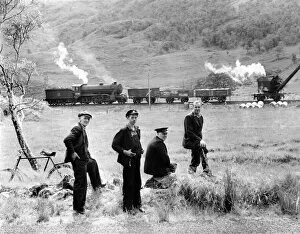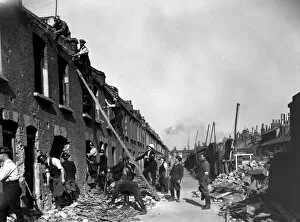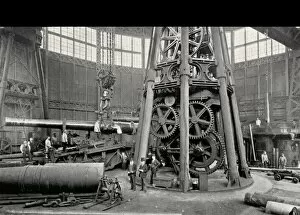Workers Collection (#3)
"Workers: The Backbone of Nations, United by Labor" From the bustling streets of China during the Cultural Revolution to the coal miners in South Wales and Cornwall
For sale as Licensed Images
Choose your image, Select your licence and Download the media
"Workers: The Backbone of Nations, United by Labor" From the bustling streets of China during the Cultural Revolution to the coal miners in South Wales and Cornwall, they have always played a vital role in shaping societies. In Chairman Mao's China, a powerful cultural revolution poster depicted workers as heroes, inspiring unity and progress. Meanwhile, deep underground in shaft lifts and at Geevor Tin Mine, Pendeen and South Wales coal mines, brave miners risked their lives daily to fuel industrial growth. The Workers May-Pole design showcased solidarity among laborers striving for socialist ideals. In 1910 Britain, even political parties recognized the importance with colorful posters appealing for support. Swindon witnessed the dedication of builders constructing diesel locomotives while LNER promoted North East Coast Exhibition through an artistic poster celebrating hardworking individuals. Artists like Harold Harvey captured scenes from clay pits in Cornwall - be it Polkanuggo Quarry or Leswidden - highlighting arduous work that sustained local economies. Soviet propaganda also exalted workers' contributions under the sun of the motherland. Boris Parmeev's iconic poster from 1970s USSR symbolized strength gained through collective effort. Across continents and eras, these glimpses into worker's lives remind us that they are not just cogs within a system but essential pillars upon which nations stand tall. Their unwavering determination fuels progress and shapes our shared future.

